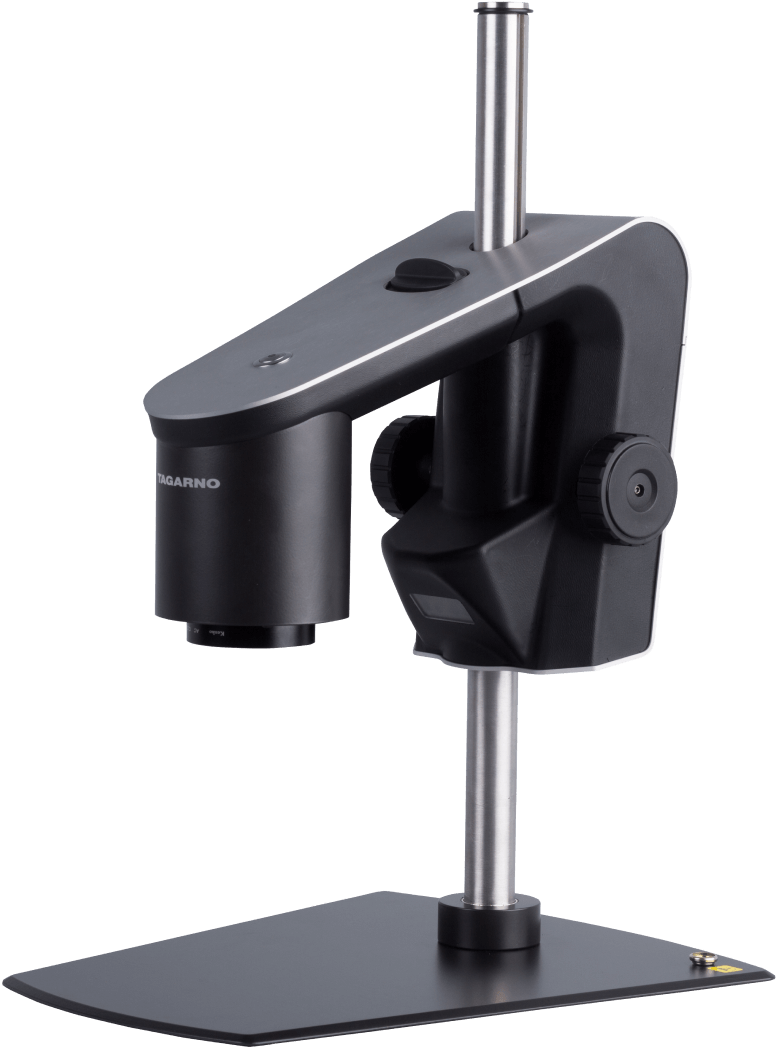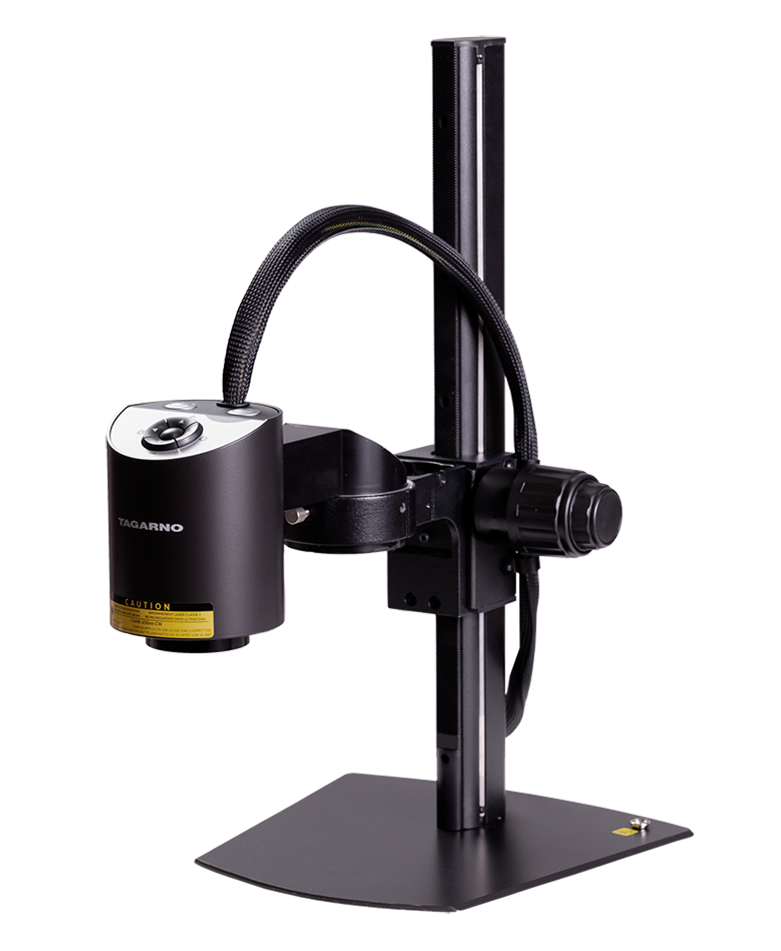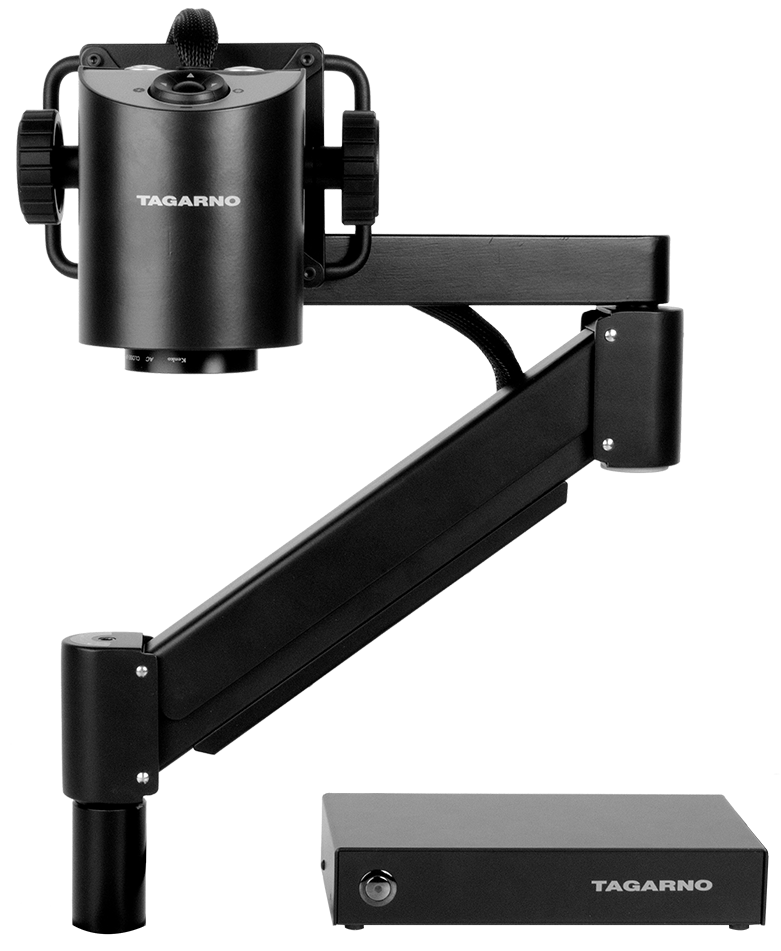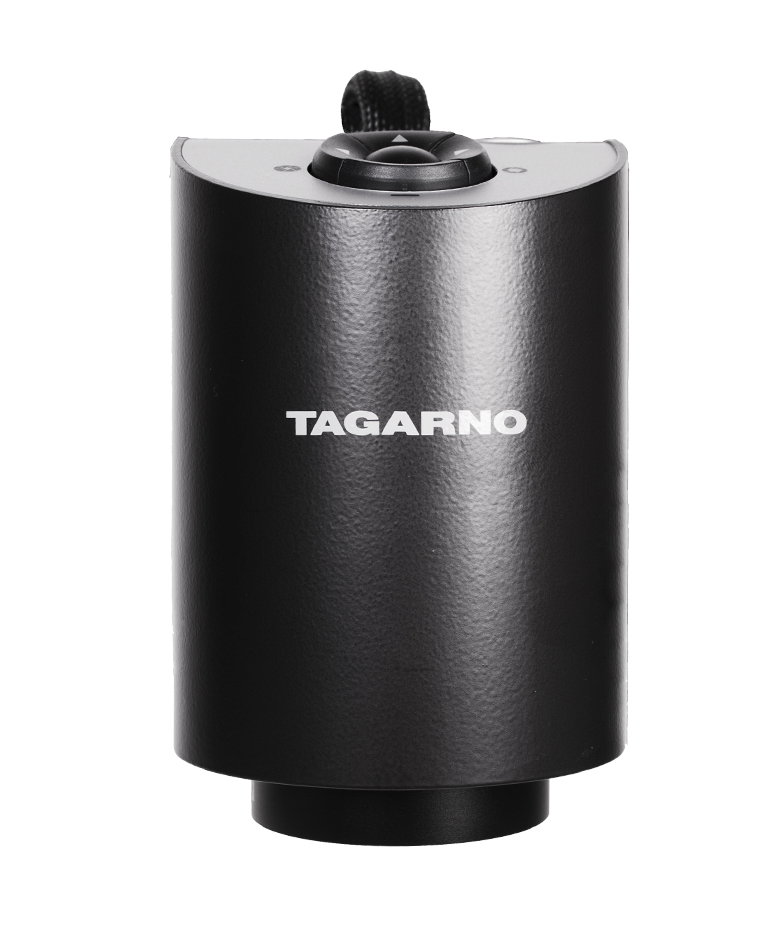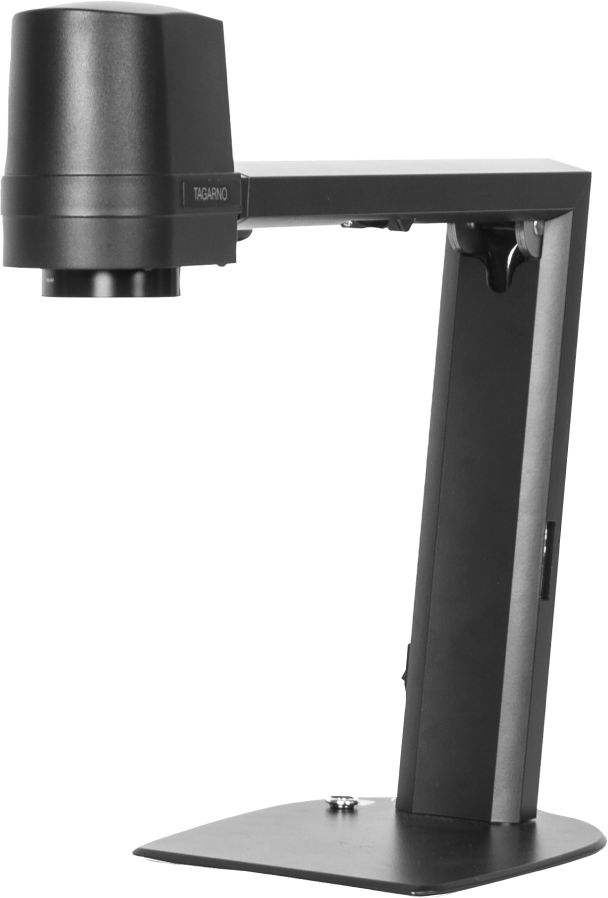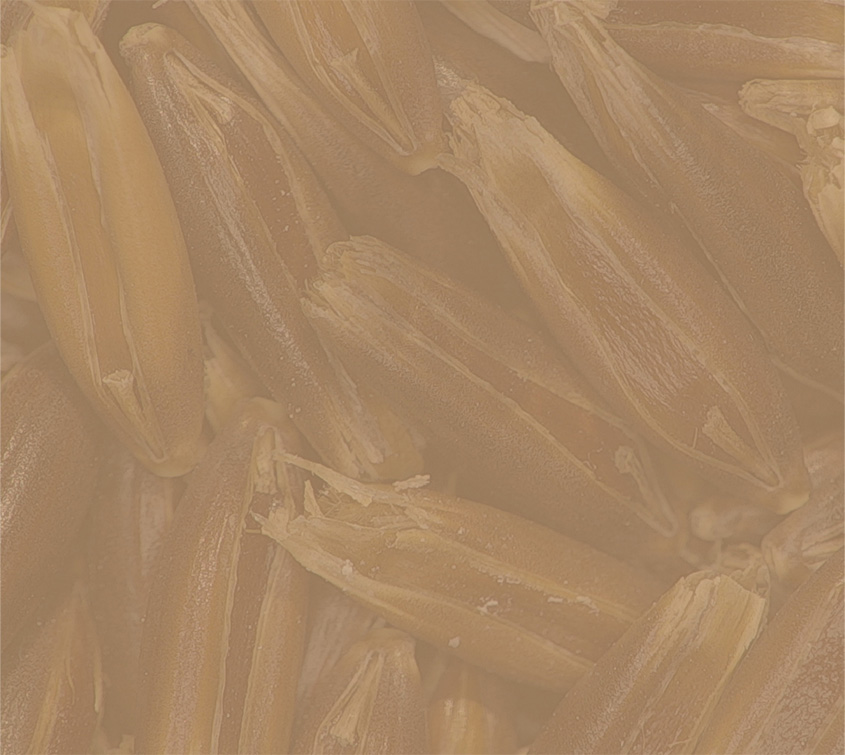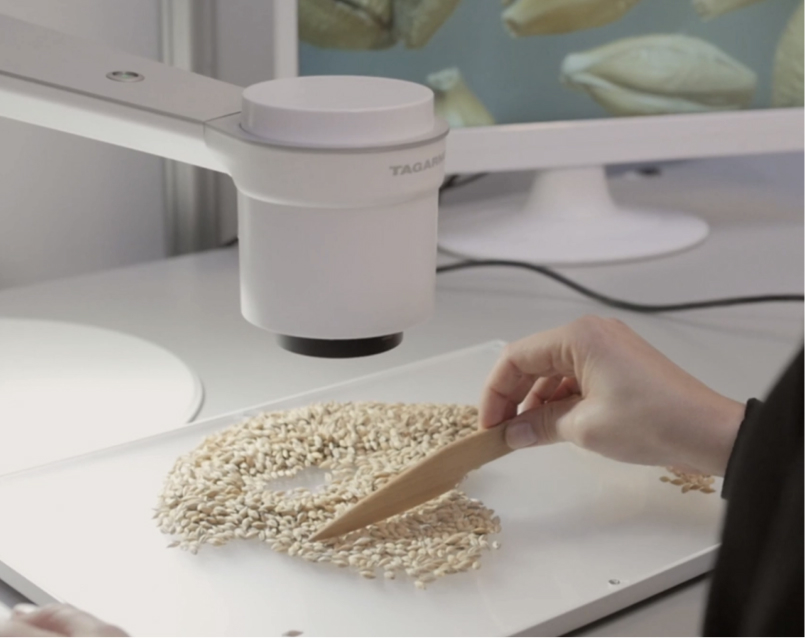Germination capacity testing
Germination capacity testing is one of the seed analysis processes where you can benefit greatly from using a digital microscope. When doing so, it’s easy to capture photos of a seed or seedling as you’re assessing its quality and how well it’ll perform in the field.
Two key reasons for choosing a digital microscope for this form of seed analysis are thus:
- its ability to produce high quality images that will clearly display the development during the germination capacity testing
- how easy it is to either automatically or manually capture photos during the test
